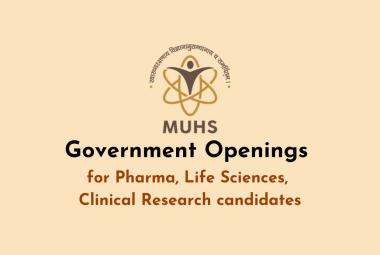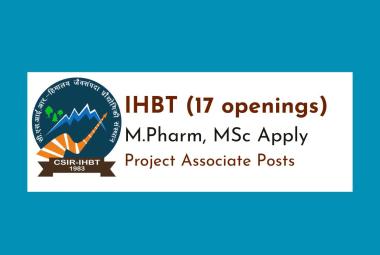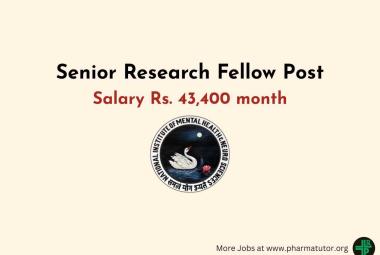Patient Medical History & Medical Record Keeping: Accurate Problem Identification for Effective Solution
ABOUT AUTHOR
Abdul Kader Mohiuddin
Department of Pharmacy, World University of Bangladesh
ABSTRACT
Obtaining an accurate medication history, keeping and proper maintenance of patient medical records, tracking medication lists are essential parts of medicine reconciliation and these are the processes where pharmacists play a vital role in. Without all these, prescribers may inadvertently make incorrect decisions about a patient’s treatment, causing harm if previously discontinued medicines are restarted, or if current medicines are omitted or prescribed at the wrong dose for the patient. Medical records are a fundamental part of a physician’s duties in providing patient care. Medical records can contain a wide range of material, such as handwritten notes, computerized records, correspondence between health professionals, lab reports, imaging records, photographs, video and other recordings and printouts from monitoring equipment. Poor record keeping is a major factor in litigation cases brought against healthcare professionals.









